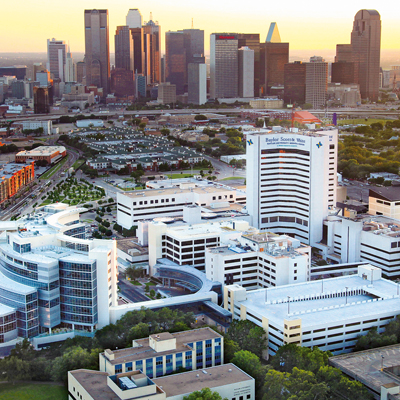Our approach to lung cancer treatment
When you’re diagnosed with lung cancer, you’ll get the support you need with the resources, expertise and services at Baylor Scott & White. Our lung cancer care teams bring together multiple specialists to create a tailored treatment plan to guide your next steps.
Our innovative research and world-leading hospitals provide even more treatment options by investing in technology and clinical trials. Advanced procedures like robotic surgery and robotic bronchoscopy help minimize recovery times and get you back to living your life sooner. With the largest network of hospital-based cancer centers in Texas, you have the care you need nearby, so you can get treatment without leaving your support system and traveling far from home.
Lung cancer surgery
When lung cancer is found early and hasn’t spread in the body, surgery will try to remove as much of the cancer as possible. Our hospitals have medical staff who are specialists in thoracic surgery, including many types and stages of lung cancer. Some types of lung cancer surgery can be performed using minimally invasive or robotic options.
Your surgeon may use several different approaches:
- Thoracotomy: A thoracotomy uses an incision in between two ribs to reach your lungs. The incision can vary in size, but it follows the curve of your ribs around the side of your chest.
- Sternotomy: A sternotomy allows your surgeon to reach both lungs through an incision in the breastbone, or sternum, in the middle of your chest.
- Thoracoscopy: During a thoracoscopy, also called video-assisted thoracic surgery (VATS), your surgeon uses a few small incisions and a scope with a camera to perform surgery.
- Robotic-assisted surgery: Robotic surgery for lung cancer uses automated technology controlled by your surgeon to make precise movements and incisions.
-
Lobectomy
Each of your lungs is divided into sections, known as lobes—two in the left lung and three in the right lung. A lobectomy is a surgery to remove the lobe in your lung where cancer is growing. Lobectomies are one of the most common lung cancer surgeries, and it is often the main surgical option if you have early-stage non-small cell lung cancer.
-
Wedge resection
A wedge resection removes an area of cancer in the lung and a wedge of tissue around it. Usually, a wedge resection is used instead of a lobectomy if you have very early-stage cancer, a small tumor or reduced lung function.
-
Segmentectomy
The lobes in your lung are made up of smaller segments. A segmentectomy removes one or more of those segments where your lung cancer is located. Like a wedge resection, this type of lung cancer surgery is typically used only for small tumors or when you have reduced lung function, preventing a lobectomy.
-
Pneumonectomy
A pneumonectomy is the name for surgery that removes your entire lung. Your care team may recommend this surgery if your lung cancer is near the middle of your chest or if all of the tumors can’t be removed using a lobectomy.
-
Sleeve lobectomy
When cancer affects a lobe and the major air passage that connects to it, called a bronchus, a sleeve lobectomy may be an option instead of completely removing your lung. During this procedure, your surgeon removes the lobe where lung cancer is located and part of the bronchus that leads to that lobe. Then, the remaining end of the bronchus is reattached to the other lobe(s).
Radiation therapy for lung cancer
Radiation therapy is often used along with other lung cancer treatments to target specific areas of cancer. The most common type of radiation therapy is external-beam radiation, which uses high-energy X-rays on the outside of the body. However, you may have access to other types of radiation therapy treatment options, including when radioactive material is placed inside the body to destroy cancer cells.
Your care team will guide you through what to expect with your specific type of radiation therapy and treatment goals. Sometimes, radiation therapy helps make a lung tumor smaller before surgery. Other times, radiation therapy is used to slow the cancer growth and reduce symptoms when surgery isn’t an option.
In small cell lung cancer, it’s common for cancer cells to spread to the brain. To help reduce this risk, you may also have radiation therapy in the brain as a preventive step.
-
Brachytherapy
Brachytherapy is radiation therapy that destroys cancer cells from the inside of the body. Radioactive materials or seeds are placed inside your body near or into your tumor during surgery or using a scope inserted through your throat.
-
Intensity-modulated radiation therapy
Using a CT scan and advanced computer software, intensity-modulated radiation therapy is guided by a 3D map of your tumor to protect healthy tissue. It delivers radiation from different angles to target only the tumor and changes the intensity of the beams throughout the therapy based on your body’s position and any internal movements.
-
Proton therapy
Instead of X-ray beams, proton therapy uses charged particles called protons to destroy cancer cells. This newer kind of therapy allows for very precise lung cancer targeting, which can have fewer side effects during and after treatment.
-
Stereotactic body radiation therapy
Stereotactic technology enhances the precision of external-beam radiation therapy by pinpointing the exact 3D position of the entire tumor. It uses higher doses of radiation during each treatment and requires fewer treatments than traditional radiation therapy.
Chemotherapy for lung cancer
Chemotherapy is used to treat both non-small cell lung cancer and small cell lung cancer. Several different chemotherapy drugs are currently approved to treat lung cancer. Your specific chemotherapy drug and the number of treatments you need depends on the type and stage of lung cancer you have.
Your care team will talk with you about the goals for your chemotherapy treatment. For some people, chemotherapy is used to help shrink the size of a tumor before surgery. It may be used after surgery to help destroy any remaining cancer cells or lessen the chance of cancer returning. It can also manage cancer, slow its growth and reduce symptoms.
Chemotherapy for small cell lung cancer
Chemotherapy is one of the main treatments for small cell lung cancer, as the condition spreads quickly in the body and is usually at a more advanced stage when it's first diagnosed.
Your treatment could include chemotherapy and radiation if you have limited-stage small cell lung cancer. In extensive-stage small cell lung cancer, treatment often includes chemotherapy and immunotherapy, which uses your immune system to fight cancer cells. Small cell lung cancer has a high risk of coming back. If that happens, your care team might opt for a different chemotherapy treatment than you initially received.
Chemotherapy for non-small cell lung cancer
Chemotherapy for non-small cell lung cancer depends on the stage of your cancer. In stages 1 and 2, surgery is the primary treatment, but you may have chemotherapy before or after your procedure. In stage 3 non-small cell lung cancer, it’s common to use chemotherapy together with radiation therapy. In stage 4, it’s more likely that you’ll have chemotherapy along with targeted therapies or immunotherapy.
Neoadjuvant chemotherapy
Neoadjuvant chemotherapy means you’ll undergo chemotherapy treatments before surgery for lung cancer. This approach is used when cancer cells have spread to nearby lymph nodes. Neoadjuvant chemotherapy aims to destroy any cancer in the lymph nodes, shrink the tumor to make it easier to remove and reduce the chances of lung cancer returning after surgery.
Adjuvant chemotherapy
Adjuvant chemotherapy is given after your lung cancer surgery to destroy any remaining cancer cells left in the body—even those that can’t be seen on imaging tests—and reduces the chances of lung cancer returning.
Chemoradiotherapy
Chemotherapy and radiation therapy together are called chemoradiotherapy. This treatment is sometimes recommended when you have small cell or non-small cell lung cancer that can’t be removed during surgery.
Targeted therapy for lung cancer
Lung cancer cells have specific gene changes (or proteins) that make them different from healthy cells. Targeted therapies are designed to stop those changes. When these mutations are blocked, it can prevent the cancer cells from growing and spreading.
Your team will run molecular or biomarker tests on your cancer cells to see if targeted therapy is an option for you. If your cells don’t have any changes or markers that respond to the current targeted therapies, chemotherapy or immunotherapy may be your best treatment option.
Researchers have identified many cell changes specific to lung cancer, but studies are still underway to understand how to target these cells.
Immunotherapy for lung cancer
Immunotherapy harnesses your immune system's strength to combat lung cancer. Since cancer cells share similarities with healthy ones, they can go unnoticed by your immune system. Immunotherapy is crafted to enhance your body's ability to identify and eliminate these cancerous cells.
Immunotherapy is often given through an IV infusion together with other drugs like chemotherapy. A few different immunotherapies are currently approved for treating non-small cell and small cell lung cancer. New therapies are still being studied through clinical trials to provide more options, especially for those with advanced stages of lung cancer.
Current and emerging immunotherapies for lung cancer include:
- Checkpoint inhibitors
- Monoclonal antibodies
- Cancer vaccines
- Adoptive cell therapies
Interventional pulmonology
At many of our locations, you’ll have access to minimally invasive interventional pulmonology procedures to treat your lung cancer. These procedures can diagnose lung cancer and relieve symptoms without surgery.
Several interventional pulmonology procedures are performed using bronchoscopy. A bronchoscopy inserts a thin tube with a camera down through your throat to allow your interventional pulmonologist to reach your airways. From there, your doctor can place catheters, markers or stents, take biopsies and assess any abnormalities. Interventional pulmonology can also help remove fluid buildup in the area around your lungs, improving symptoms like shortness of breath or chest pain.
Some interventional pulmonology procedures for lung cancer include:
- Airway stents to open blocked airways
- Pleurodesis is a procedure that prevents the buildup of fluid
- Thermal ablation uses extreme heat to destroy cancer cells
- Argon plasma coagulation uses ionized gas to stop bleeding in the lungs
- Biopsies of lung nodules or lesions
- Marker placement for radiation therapy
- Catheter placement to drain fluid
- Thoracentesis, or needle decompression, to remove fluid around the lungs
- Photodynamic therapy destroys cancer cells with light and photosensitizing chemical
Lung cancer clinical trials
Research and clinical trials continue to provide even more hope in the fight against lung cancer. Lung cancer clinical trials study new drugs, procedures or technology to improve care. While not every person qualifies for a lung cancer trial, your care team may talk with you about how participating in one of these studies could benefit you and others like you.
Our lung cancer care teams are actively studying innovative ways to treat both non-small cell and small cell lung cancer so that you may have access to clinical trials as part of your treatment plan.
Finding specialized lung cancer treatment
We help you get care at a location that fits your needs. We offer several locations for your care, including specialized lung cancer treatment centers in North and Central Texas.
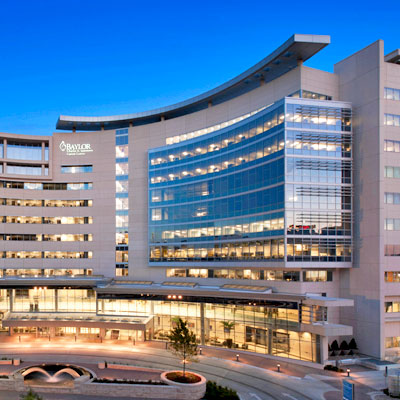
Baylor Scott & White Center for Thoracic Surgery - Dallas
3410 Worth St Ste 760, Dallas, TX, 75246- Monday: 8:00 am - 4:30 pm
- Tuesday: 8:00 am - 4:30 pm
- Wednesday: 8:00 am - 4:30 pm
- Thursday: 8:00 am - 4:30 pm
- Friday: 8:00 am - 4:30 pm

Baylor Scott & White Center for Thoracic Surgery - Lubbock
3711 22nd St Ste B, Lubbock, TX, 79410
Baylor Scott & White Center for Thoracic Surgery - Rockwall
6701 Heritage Pkwy Ste 130, Rockwall, TX, 75087
Baylor Scott & White Center for Thoracic Surgery - Tyler
1321 S Beckham Ave , Tyler, TX, 75702
Baylor Scott & White Center for Thoracic Surgery - Waxahachie
2480 N Interstate 35E , Waxahachie, TX, 75165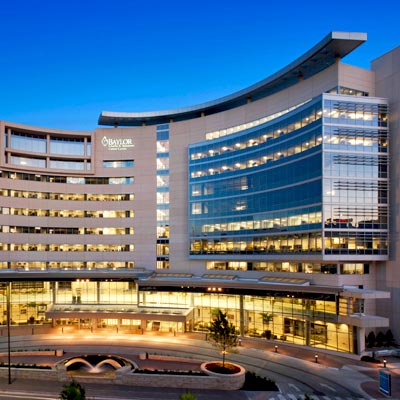
Baylor Scott & White Charles A. Sammons Cancer Center - Dallas
3410 Worth St , Dallas, TX, 75246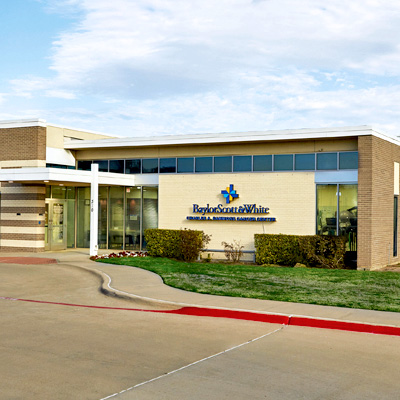
Baylor Scott & White Charles A. Sammons Cancer Center - Duncanville
310 E Hwy 67 , Duncanville, TX, 75137- Monday: 8:00 am - 5:00 pm
- Tuesday: 8:00 am - 5:00 pm
- Wednesday: 8:00 am - 5:00 pm
- Thursday: 8:00 am - 5:00 pm
- Friday: 8:00 am - 5:00 pm

Baylor Scott & White Charles A. Sammons Cancer Center - Irving
2001 N MacArthur Blvd Ste 120, Irving, TX, 75061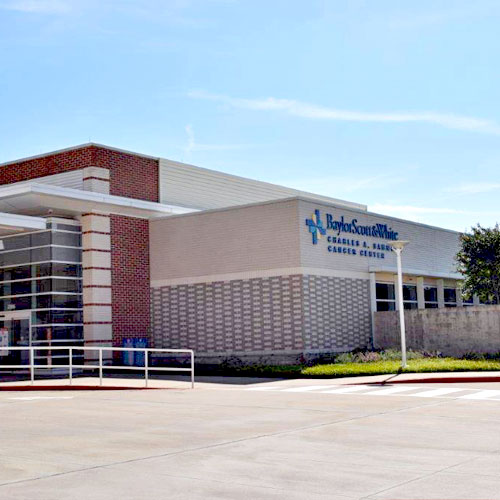
Baylor Scott & White Charles A. Sammons Cancer Center - Waxahachie
2380 N Interstate 35E , Waxahachie, TX, 75165- Monday: 7:30 am - 4:30 pm
- Tuesday: 7:30 am - 4:30 pm
- Wednesday: 7:30 am - 4:30 pm
- Thursday: 7:30 am - 4:30 pm
- Friday: 7:30 am - 4:30 pm
- Saturday: 7:30 am - 4:30 pm
- Sunday: 7:30 am - 4:30 pm
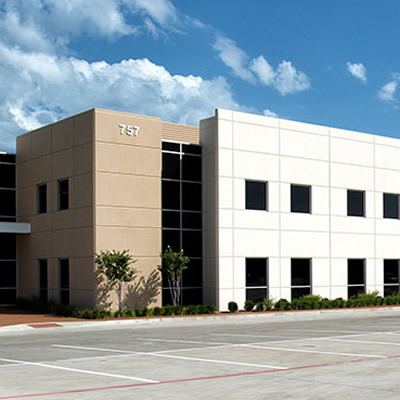
Baylor Scott & White Imaging Center - Forney
763 E US Hwy 80 Ste 120, Forney, TX, 75126- Monday: 8:00 am - 5:00 pm
- Tuesday: 8:00 am - 5:00 pm
- Wednesday: 8:00 am - 5:00 pm
- Thursday: 8:00 am - 5:00 pm
- Friday: 8:00 am - 5:00 pm

Baylor Scott & White Imaging Center - Greenville
4400 Interstate 30 W Ste 200, Greenville, TX, 75402- Monday: 8:00 am - 5:00 pm
- Tuesday: 8:00 am - 5:00 pm
- Wednesday: 8:00 am - 5:00 pm
- Thursday: 8:00 am - 5:00 pm
- Friday: 8:00 am - 5:00 pm
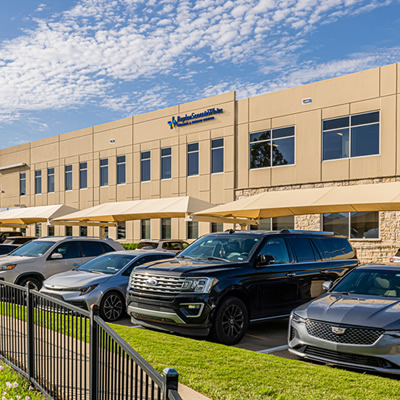
Baylor Scott & White Imaging Center - Rockwall
1005 W Ralph Hall Pkwy Ste 121, Rockwall, TX, 75032- Monday: 8:00 am - 5:00 pm
- Tuesday: 8:00 am - 5:00 pm
- Wednesday: 8:00 am - 5:00 pm
- Thursday: 8:00 am - 5:00 pm
- Friday: 8:00 am - 5:00 pm
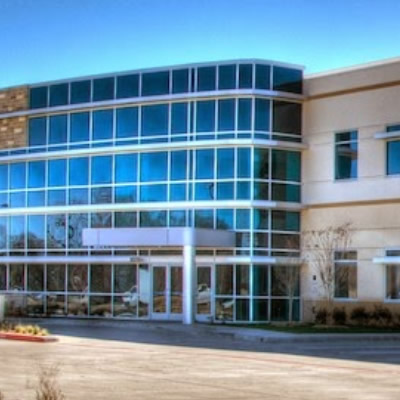
Baylor Scott & White Imaging Center - Wylie
2300 W FM 544 Ste 110, Wylie, TX, 75098- Monday: 8:00 am - 5:00 pm
- Tuesday: 8:00 am - 5:00 pm
- Wednesday: 8:00 am - 5:00 pm
- Thursday: 8:00 am - 5:00 pm
- Friday: 8:00 am - 5:00 pm
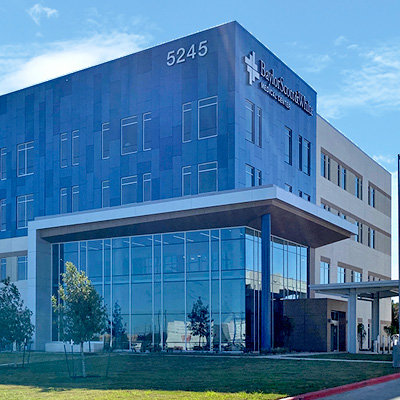
Baylor Scott & White Medical Center - Austin
5245 W US Hwy 290 Service Rd , Austin, TX, 78735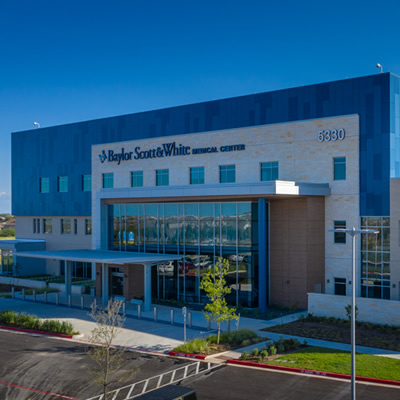
Baylor Scott & White Medical Center - Buda
5330 Overpass Rd , Buda, TX, 78610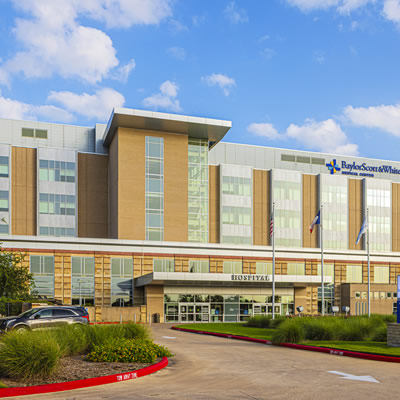
Baylor Scott & White Medical Center - College Station
700 Scott and White Dr , College Station, TX, 77845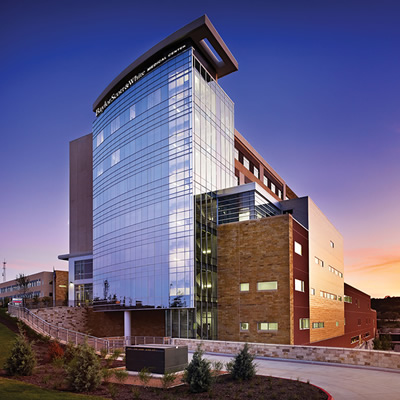
Baylor Scott & White Medical Center - Lakeway
100 Medical Pkwy , Lakeway, TX, 78738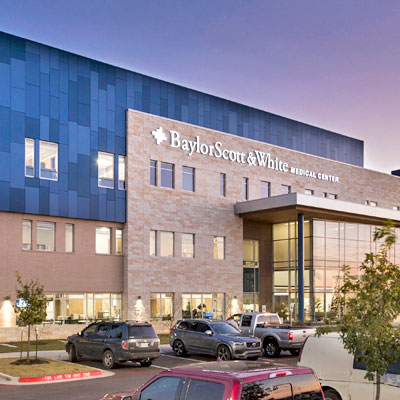
Baylor Scott & White Medical Center - Pflugerville
2600 E Pflugerville Pkwy Ste 100, Pflugerville, TX, 78660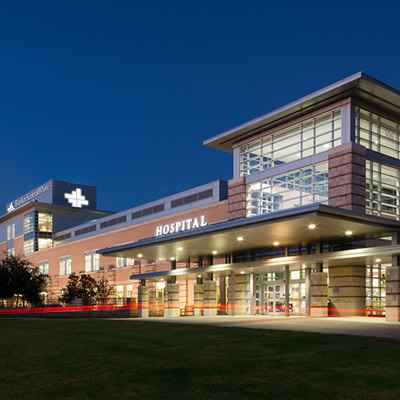
Baylor Scott & White Medical Center - Round Rock
300 University Blvd , Round Rock, TX, 78665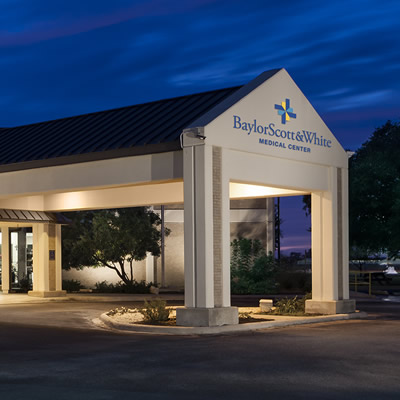
Baylor Scott & White Medical Center - Taylor
305 Mallard Ln , Taylor, TX, 76574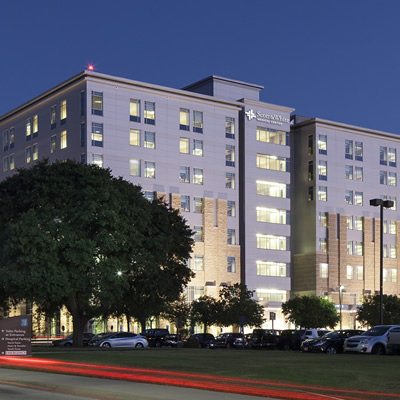
Baylor Scott & White Medical Center - Temple
2401 S 31st St , Temple, TX, 76508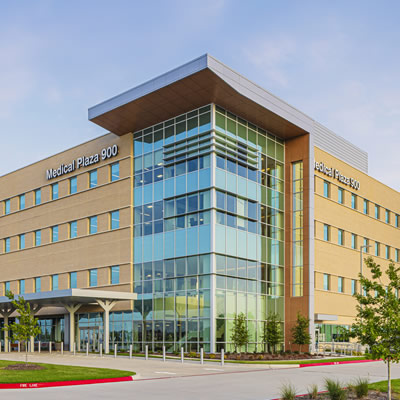
Baylor Scott & White Medical Plaza 900 - College Station
900 Scott and White Dr , College Station, TX, 77845- Monday: 6:30 am - 6:00 pm
- Tuesday: 6:30 am - 6:00 pm
- Wednesday: 6:30 am - 6:00 pm
- Thursday: 6:30 am - 6:00 pm
- Friday: 6:30 am - 6:00 pm
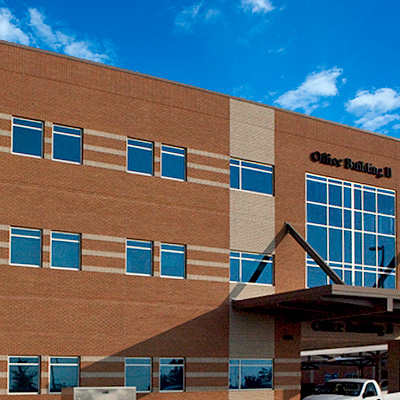
Baylor Scott & White Pulmonary and Sleep Medicine Clinic - Waco
120 Hillcrest Medical Blvd Bldg II, Ste 305, Waco, TX, 76712- Monday: 7:30 am - 6:00 pm
- Tuesday: 7:30 am - 6:00 pm
- Wednesday: 7:30 am - 6:00 pm
- Thursday: 7:30 am - 6:00 pm
- Friday: 7:30 am - 6:00 pm
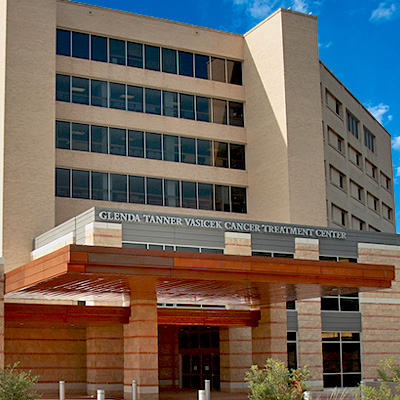
Baylor Scott & White Vasicek Cancer Treatment Center - Temple
2401 S 31st St , Temple, TX, 76508- Monday: 8:00 am - 5:00 pm
- Tuesday: 8:00 am - 5:00 pm
- Wednesday: 8:00 am - 5:00 pm
- Thursday: 8:00 am - 5:00 pm
- Friday: 8:00 am - 5:00 pm
